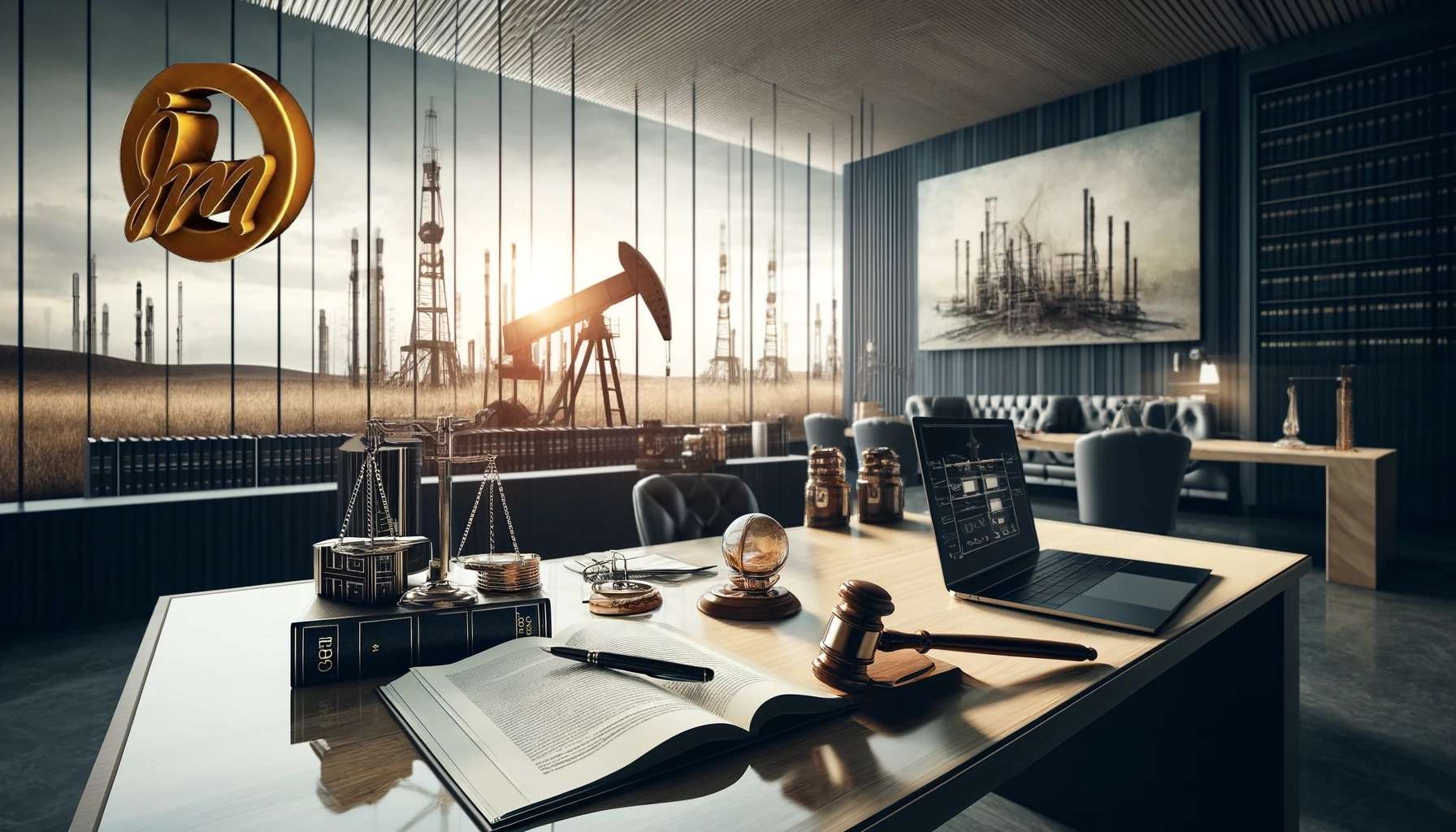Introduction
Liquefied Petroleum Gas (LPG) is an environment-friendly mixture of hydrocarbons, primarily propane and butane, which is used extensively as a fuel. Over the years, the Government of Pakistan has introduced various policies to regulate and streamline the production and distribution of LPG to ensure availability, affordability, and safety. Here, we compare the LPG Production and Distribution Policies of 2006, 2011, and 2016, highlighting their key features and differences.
LPG Production and Distribution Policy, 2006
The 2006 policy aimed at increasing LPG supplies and ensuring distribution at affordable prices, especially to LPG-starved areas. The policy’s main objectives were to deregulate the industry to foster competition, improve safety standards, and provide better consumer services.
- LPG Licensing: OGRA was tasked with issuing provisional licenses for one year to technically and financially sound applicants. Compliance was monitored by third-party inspectors.
- Safety Standards: Emphasized minimum safety standards across the supply chain, including storage tanks, cylinders, and distribution outlets. Decanting LPG from cylinder to cylinder was prohibited.
- Pricing: The Federal Government was to prescribe a pricing formula. OGRA monitored prices and intervened if necessary to ensure reasonable consumer prices.
- Distribution in Underdeveloped Areas: LPG marketing companies were required to supply a percentage of their local LPG to underdeveloped regions to prevent deforestation and ensure availability.
- Import and Export: Any party could import LPG after paying government dues, while export required prior approval from MPNR.
- General: The policy emphasized the importance of data provision for effective formulation and implementation. It mandated OGRA to apprise MPNR quarterly on the policy’s implementation status.
LPG Production and Distribution Policy, 2011
The 2011 policy built on the 2006 policy, with a focus on increasing LPG supplies through both domestic production and imports, and further streamlining the distribution process.
- LPG Licensing: OGRA issued provisional licenses for an initial period of one year, contingent on applicants demonstrating a firm supply commitment. Non-compliance could lead to license revocation.
- Safety Standards: Maintained the stringent safety requirements of the 2006 policy, prohibiting decanting and cross-filling of cylinders without prior approval.
- Pricing: LPG producers were required to set base stock prices at par with the landed cost of imported LPG. OGRA continued to monitor prices to prevent the formation of cartels and ensure reasonable consumer prices.
- Distribution in Underdeveloped Areas: Retained the distribution obligations of the 2006 policy, ensuring a certain percentage of LPG was supplied to remote and rural areas.
- Import and Export: Similar to the 2006 policy, allowed for LPG imports subject to government dues and required MPNR approval for exports.
- General: Reinforced the importance of data provision and required OGRA to report to MPNR on policy implementation.
LPG Production and Distribution Policy, 2016
The 2016 policy aimed to address the issues of high LPG prices and insufficient supply by refining the pricing mechanism and increasing regulatory oversight.
- Production and Disposal of LPG:
- Public Sector: E&P companies were encouraged to set up LPG extraction facilities. If they failed to do so, the government could facilitate extraction through competitive bidding.
- Private Sector: Private E&P companies were to submit development plans and exercise their right to extract LPG or surrender this right to the government for competitive bidding.
- LPG Licensing: OGRA issued provisional licenses for two years, with a focus on ensuring adequate storage, cylinders, and logistics infrastructure. Failure to comply with licensing terms could result in cancellation.
- Safety Standards: Reinforced safety across the supply chain, including NFPA 58 standards. Prohibited the use of domestic or commercial cylinders in automobiles and their refilling at refueling stations.
- Pricing: OGRA regulated and notified prices, including producer prices, marketing margins, and consumer prices. The policy aimed to stabilize prices and ensure affordability for domestic consumers.
- Import and Export: Continued to allow imports for licensed parties and permitted exports based on local demand assessments by MPNR.
- General: Required comprehensive data provision from licensees and quarterly implementation reports from OGRA to MPNR. Emphasized policy alignment with federal instructions and the need for OGRA to register all LPG distributors.
Comparison
Key Differences:
- Licensing Duration: The 2016 policy extended the provisional licensing period to two years, compared to one year in the 2006 and 2011 policies.
- Pricing Mechanism: The 2016 policy introduced more detailed pricing regulations, including the role of OGRA in regulating and notifying prices to stabilize the market.
- Safety Standards: The 2016 policy incorporated NFPA 58 standards, which were more comprehensive compared to previous policies.
- Distribution Obligations: The 2016 policy mandated specific production percentages dedicated to LPG Air-Mix plants and regional distribution, enhancing focus on underdeveloped areas.
Consistencies:
- Safety Emphasis: All policies consistently prioritized safety across the LPG supply chain.
- Import and Export Regulations: The import and export provisions remained largely consistent, emphasizing government oversight and licensing requirements.
- Data Provision: Each policy underscored the importance of accurate data provision for effective policy implementation and monitoring.
In conclusion, while the LPG Production and Distribution Policies of 2006, 2011, and 2016 share common goals of enhancing supply, ensuring safety, and regulating prices, the 2016 policy introduced more stringent regulations and comprehensive mechanisms to address the challenges of high prices and supply shortages. These policies reflect the evolving regulatory landscape and the government’s commitment to ensuring LPG availability and affordability for consumers across Pakistan.

